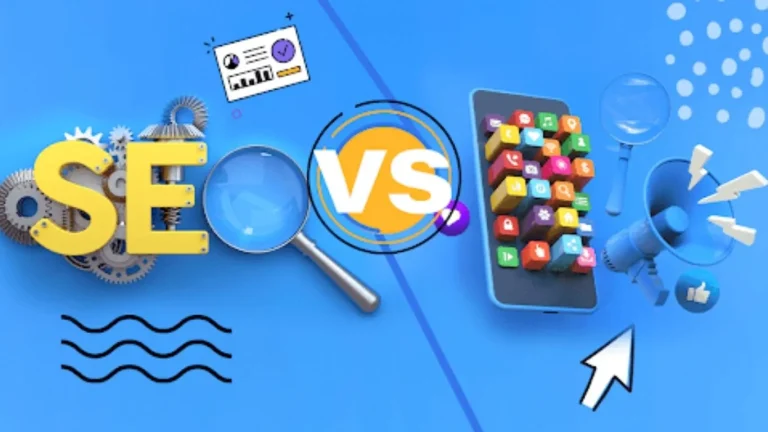For countless beginners starting their programming journey, the first line of code they write is often a simple output of “Hello World.” Though it may seem trivial, this phrase carries deep meaning and reflects core philosophies within the world of programming. More than just a test, it represents the first real interaction between a person and a machine—a symbolic gateway into the technical realm.
This article explores the deeper programming mindset behind “Hello World下载” and outlines a structured path for beginners to develop real-world development skills step by step.
Why Does Programming Always Begin with “Hello World”?
1. The Smallest Runnable Program
“Hello World” is the’ smallest, fully functional program in most programming languages. It allows beginners to verify quickly:
- Whether their development environment is properly configured
- That the compiler or interpreter is working correctly
- That the output commands are functioning as expected
Without loops, conditionals, or complex syntax, it provides a simple way to walk through the full programming process: write → compile/interpret → execute.
2. Reduces Anxiety and Boosts Confidence
Programming often feels intimidating to newcomers. However, writing a few lines of code and seeing “Hello World” printed successfully can bring a huge sense of accomplishment. This positive reinforcement helps build the confidence needed to keep learning.
3. Demonstrates the Core Mechanism: Input-Output
One fundamental aspect of programming is turning inputs into outputs. “Hello World” helps beginners understand this core concept immediately, forming the foundation of computational thinking.
The Programming Philosophy Behind Hello World
Though it’s just a greeting, “Hello World” represents several key philosophies in software development and education:
1. Start with Hands-On Practice
Rather than memorizing syntax or theory, “Hello World中文版” encourages diving straight into action. This “bottom-up” approach allows learners to experiment, fail, and learn faster through real practice.
2. Embrace Feedback Loops and Iterative Thinking
Programming is all about writing, testing, and improving code. “Hello World” introduces this cycle from day one, helping students build a strong sense of debugging and continuous improvement.
3. Simplicity First, Then Build Complexity
“Hello World” is the essence of minimalism. It teaches learners to start with the smallest viable function, then scale. This aligns with the agile development philosophy widely used in modern software engineering.
From “Hello World” to Beginner Developer: A Learning Path
Here’s a widely adopted roadmap for progressing from “Hello World” to real development skills:
Set Up Your Environment and Learn the Basics
- Choose a beginner-friendly language (e.g., Python, JavaScript, Java, C++)
- Install a code editor or IDE (e.g., VS Code, PyCharm)
- Learn the fundamentals: variables, data types, input/output, comments
- Write and run your first “Hello World” program
✅ Goal: Understand every line of your “Hello World” code and what it does.
Learn Program Structure and Control Flow
- Master conditionals: if, else, switch
- Understand loops: for, while
- Write and call functions
- Learn how to debug and read error messages
✅ Suggested practice: Build a number-guessing game with logic and loops.
Understand Data Structures and Basic Algorithms
- Learn arrays, lists, dictionaries, and sets
- Implement basic algorithms like sorting and searching
- Focus on writing clear, readable code
- Use breakpoints and debugging tools
✅ Suggested practice: Create a student grade analyzer that takes input and provides a summary.
Build a Small Project
Move from console apps to basic GUI or web-based projects. Go through the full cycle:
- Define functionality
- Break it into modules
- Write and test code
- Optimize and publish
✅ Example projects: To-Do list app, calculator, personal finance tracker
Learn Version Control and Collaborative Development
- Get familiar with Git: commit, branch, merge, rollback
- Host code on GitHub or Gitee
- Read and contribute to open-source projects
- Learn to write good documentation and comments
✅ Suggested: Upload your project to GitHub and try submitting a pull request to an open-source repo.
Hello World in Different Languages: Comparison and Insights
| Language | Example Code | Highlight |
| Python | print(“Hello World”) | Simple and clean, great for beginners |
| Java | System.out.println(“Hello World”); | Verbose but structured, great for large systems |
| JavaScript | console.log(“Hello World”); | Ideal for web development, runs in the browser |
| C | printf(“Hello World”); | Teaches low-level understanding |
| Go | fmt.Println(“Hello World”) | Fast and concurrent, suitable for modern backend work |
Each language’s Hello World reflects its design philosophy—whether it’s simplicity, structure, speed, or control.
Final Thoughts: “Hello World” Is a Beginning, Not the End
“Hello World” is more than a phrase—it’s a milestone. It symbolizes your first successful dialogue with a computer and marks your entry into a world of logic, problem-solving, and creation.
Programming is not something you learn overnight—it’s a journey of trial, error, patience, and continuous improvement. Every experienced developer once wrote their first Hello World, felt stuck, solved their first bug, and slowly gained mastery.
By choosing to write those first words, you’re beginning a path where the only limits are your curiosity and persistence. Stay consistent, keep building, and your skills will grow beyond that simple greeting on the screen.





